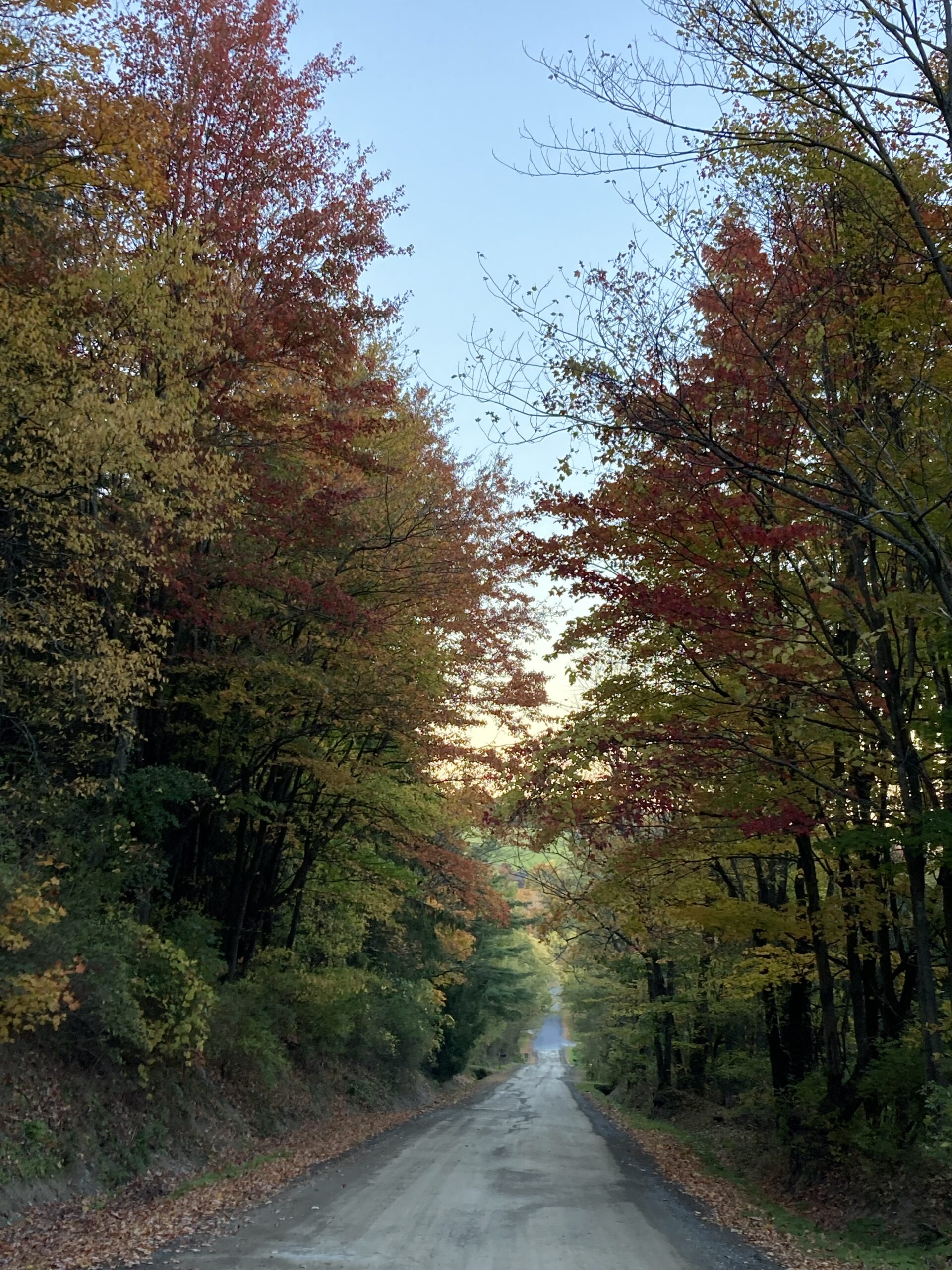When I stop and just feel what is going on in myself, and listen to what I most need, I discover a drive for being held, and for holding. For care and comfort, and for comforting. And somehow tied to that is a need to be more accepting of how little I know for sure. And to realize this is one aspect of compassion⎼ to recognize I share so much with others but there’s so much more I don’t know. And to value all of it, the knowing and the not-knowing. And the learning of how to be more open and compassionate, for myself and for others.
It often feels like one aim of the DT administration is to suck the life out of our mutual concern for others. Embedding compassion in the community itself would help not only ourselves but all those around us. It would make us feel stronger, more ready to act. And I think DT abhors this possibility, yet this is exactly what we need right now.
But what exactly is compassion? What images do we have of it or of compassionate people? How would we change if we were more compassionate? What differentiates it from other mental or emotional states associated with it, like empathy, sympathy, or pity? First, we must realize that we can actually develop our compassion.
One book that could be a resource for us is The Compassionate Instinct, edited by Dacher Keltner, Jason Marsh, and Jeremy Adam Smith. The book explores scientific evidence and philosophical arguments for compassion. In the first essay, Keltner argues that it is “rooted in our brain and biology, and [is] ready to be cultivated for the greater good.” It’s in us as a possibility, to be developed—or subverted. Our brains are plastic in that they’re continuously rewiring; that’s how we learn. Learning means change. We change according to our experience and education. Even the way our DNA expresses itself and influences our development depends on experience.
Compassion is not just empathy, or not necessarily feeling the suffering of others, but a readiness to recognize and act to relieve that suffering. It’s a responsiveness that empowers us. It’s not just sympathy for, and certainly not pity for, what others are experiencing. Pity can be so condescending, separating, and compassion is more of a welcoming. It’s a recognition and valuing of the fact that we never have a full understanding of any other person. Each person is partly an infinite mystery, and we share that mystery and so much else with them.
To develop our compassion, it’s best if, in each possible moment, we intend to respect and directly learn who we are. This means mindfulness, or trauma informed mindfulness, and compassion practices. To respond with clarity to events, and to make decisions with depth of thought, we must be able to observe and be present in our experiences, and feel in ourselves the presence and responsiveness of others. We need empathy.
We can, for example, pause in whatever we’re doing. Maybe close our eyes or look closely around us; or just feel our feet on the ground, how the weight is distributed on our feet, what our toes feel like in our shoes. How it feels to just stand where we are. Can we smell the air? Where in our body do we feel the breathing in? And when we breathe out, can we feel our shoulders relax, and settle down?
Maybe our minds are full of thoughts, self-attacks for not doing enough or wishing the election had turned out differently. With so much awful news, it’s so easy to distance, hurt, exhaust and thus disempower ourselves. We might feel we don’t deserve compassion. But when the world needs us so badly is exactly when we must give ourselves to it….
*To read the whole piece, please go to The Good Men Project.




